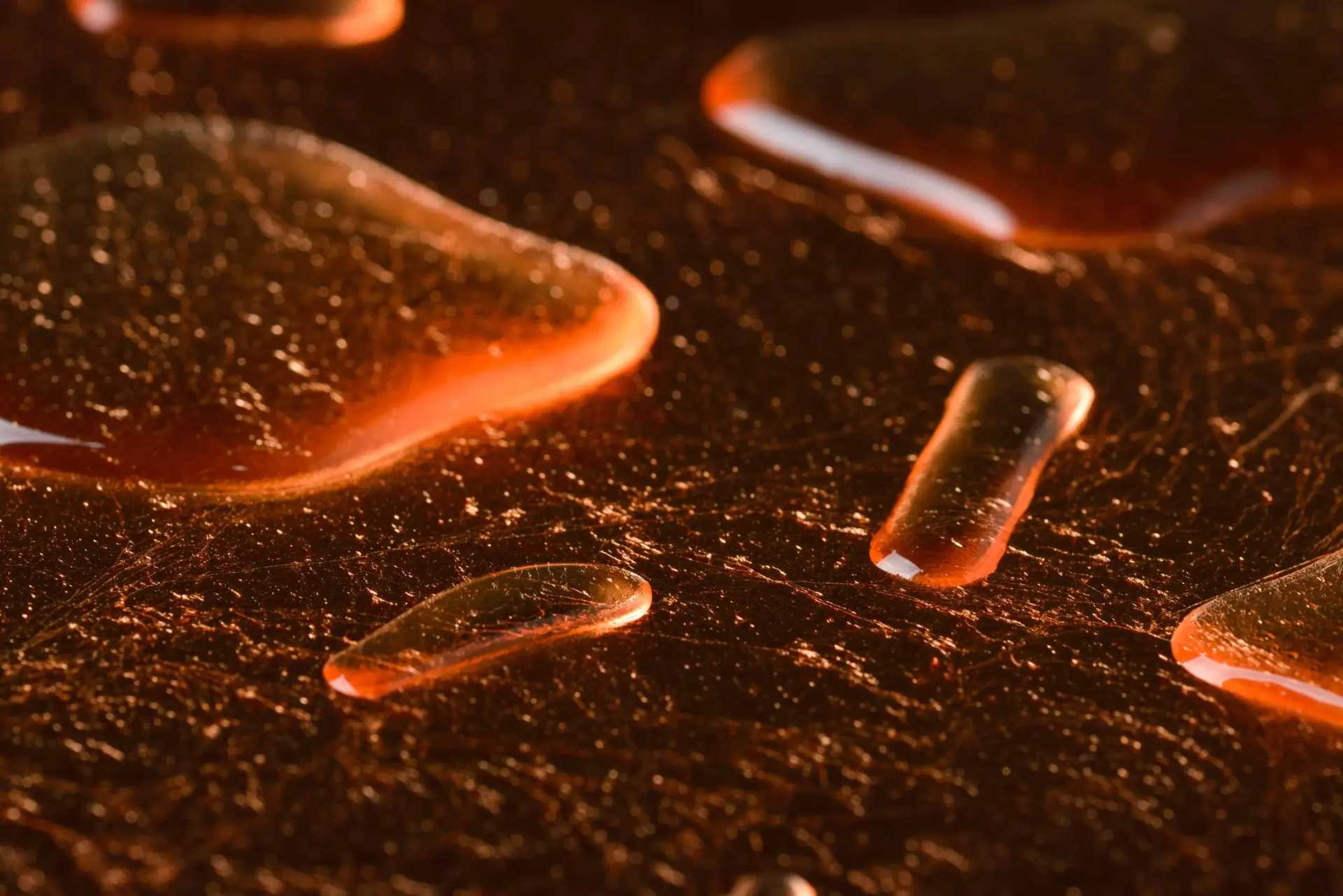A cupronickel alloy contains copper and nickel as well as iron, aluminum, manganese, tin, niobium, or chromium, depending on the grade. The excellent water corrosion resistance of copper, when combined with nickel, improves the strength and durability of cupronickel alloys. Saltwater corrosion resistance is the main advantage of these superalloys, making them highly preferable for marine applications.
Below, we discuss some of the unique cupronickel properties and their applications across various industries.
Unique Cupronickel Properties
Cupronickel is a generic name for copper-nickel (Cu-Ni) alloys that usually have a concentration split of 90/10 Cu-Ni or 70/30 Cu-Ni. These superalloys display a low thermal coefficient, which means constant electrical resistance at different temperatures. The nickel in the alloy maintains high mechanical strength even at high temperatures.
Let’s take a closer look at some other unique cupronickel properties and how they are utilized in various industrial applications.
Corrosion Resistance
Cupronickel alloys are known for their corrosion resistance to gases such as oxygen, carbon dioxide, hydrogen chloride, chlorine, sulfur dioxide, and hydrogen fluoride as well as non-oxidizing acids, alkalis, and salt solutions. The high corrosion resistance can be attributed to the stable protective coating on the surface due to the alloying metal. There is no potential risk of stress corrosion cracking with cupronickel alloys.
Cupronickel alloys with 10-30% nickel have good resistance to even hot seawater at high flowing rates. Iron content in the alloy improves the adherence of protective coatings against erosion in seawater, brackish, and mine waters. The corrosion resistance property of cupronickel alloys makes them highly preferable for seawater condenser systems, desalination plants, pipework for chemical plants, offshore oil and gas production, and commercial shipping applications.
Biofouling
Biofouling refers to the adhesion of slime algae, barnacles, sea mosses, oysters, and mussels on the surface of marine structures. Such adhesion, when it drags on structures, blocks the inside of pipings and condensers and increases loadings, negatively impacting the system performance. Aluminum, steel, titanium, concrete, and polymer are prone to fouling and require expensive cleaning and the application of antifouling coatings.
The complex protective films formed on the surface of copper-nickel alloys resist macrofouling. Even if prolonged quiet conditions lead to the colonization of grass and shellfish on the alloy surface, the organisms are loosely attached and can be easily removed. The resistance to biofouling is one of the unique cupronickel properties that make it suitable for seawater pipework, boat hulls, water boxes, sheathing structures, intake screens, piling claddings, and mesh cages for fish farming.
Mechanical Properties
Cupronickel alloys display good tensile strength and excellent ductility when annealed. When aluminum or tin is added to the composition, cupronickel alloys can achieve high strengths matching that of carbon steel. A 90/10 Cu-Ni alloy has a tensile strength of 300 N/mm2 with 30% elongation.
At low temperatures, copper-nickel alloys do not exhibit embrittlement. Though the tensile strength of the alloy decreases at low temperatures, it does not have a marked reduction of elongation, making it very suitable for cryogenic engineering applications. At high temperatures, cupronickel alloys with iron content display improved mechanical properties and are used for pressure vessel construction at temperatures up to 572 °F.
Physical Properties
The density of cupronickel is 8.9 kg/dm3; however, the more nickel the alloy contains, the more the density can vary. Nickel content also affects the color of cupronickel alloys. As nickel is added, the color of copper becomes lighter; for example, the alloy composition with 15% nickel is almost silvery-white in color. The luster and purity of the color increase with nickel content.
The electrical resistivity of Cu-Ni alloys also rises steeply with nickel content, and this is why cupronickel alloys are used for resistance wires in high-precision resistors. The high thermoelectric power of cupronickel alloys is noteworthy. A 45% nickel content in the alloy develops a high and uniform electromagnetic field, making it suitable for use in thermocouples.
Antimicrobial Properties
Cupronickel alloys are inherently microbial. Pathogens can be eliminated by regularly cleaning frequently touched surfaces that are made up of cupronickel alloys. In hospital environments, placing equipment and/or touch surfaces made up of copper-nickel alloys is a way of complementing traditional disinfection methods. The excellent durability, strength, and corrosion resistance of cupronickel alloys make them a popular choice for antimicrobial touch surface applications.
Sourcing Cupronickel Superalloys at Highly Competitive Prices
For more than two decades, Industrial Metal Service has specialized in supplying an extensive range of high-quality metals, including cupronickel alloys, to the San Francisco Bay Area and beyond. We also have a wide selection of aluminum, copper, brass, steel, titanium, tungsten, and molybdenum. Being a local metal supplier, we offer delivery anywhere within the Bay Area; however, we also frequently ship metals nationwide as well.
As a reputed and trusted metal supplier and recycler, we can provide you with new, mill-sourced metals as well as affordable metal remnants recycled from manufacturing processes and verified using x-ray fluorescence technology.
 Angle
Angle Cast Plate
Cast Plate Diamond Plate
Diamond Plate Flat Bar
Flat Bar Plate
Plate Round Bar
Round Bar Square Bar
Square Bar Square Tubing
Square Tubing Round Tubing
Round Tubing Angle
Angle Channel
Channel Diamond Plate
Diamond Plate I Beam
I Beam Round Bar
Round Bar Sheet
Sheet Square tubing
Square tubing Round Tubing
Round Tubing Rectangular Tubing
Rectangular Tubing Plate
Plate Rectangular Bar
Rectangular Bar Rectangular Tubing
Rectangular Tubing Round Bar
Round Bar Sheet
Sheet Square Bar
Square Bar Square Tubing
Square Tubing
